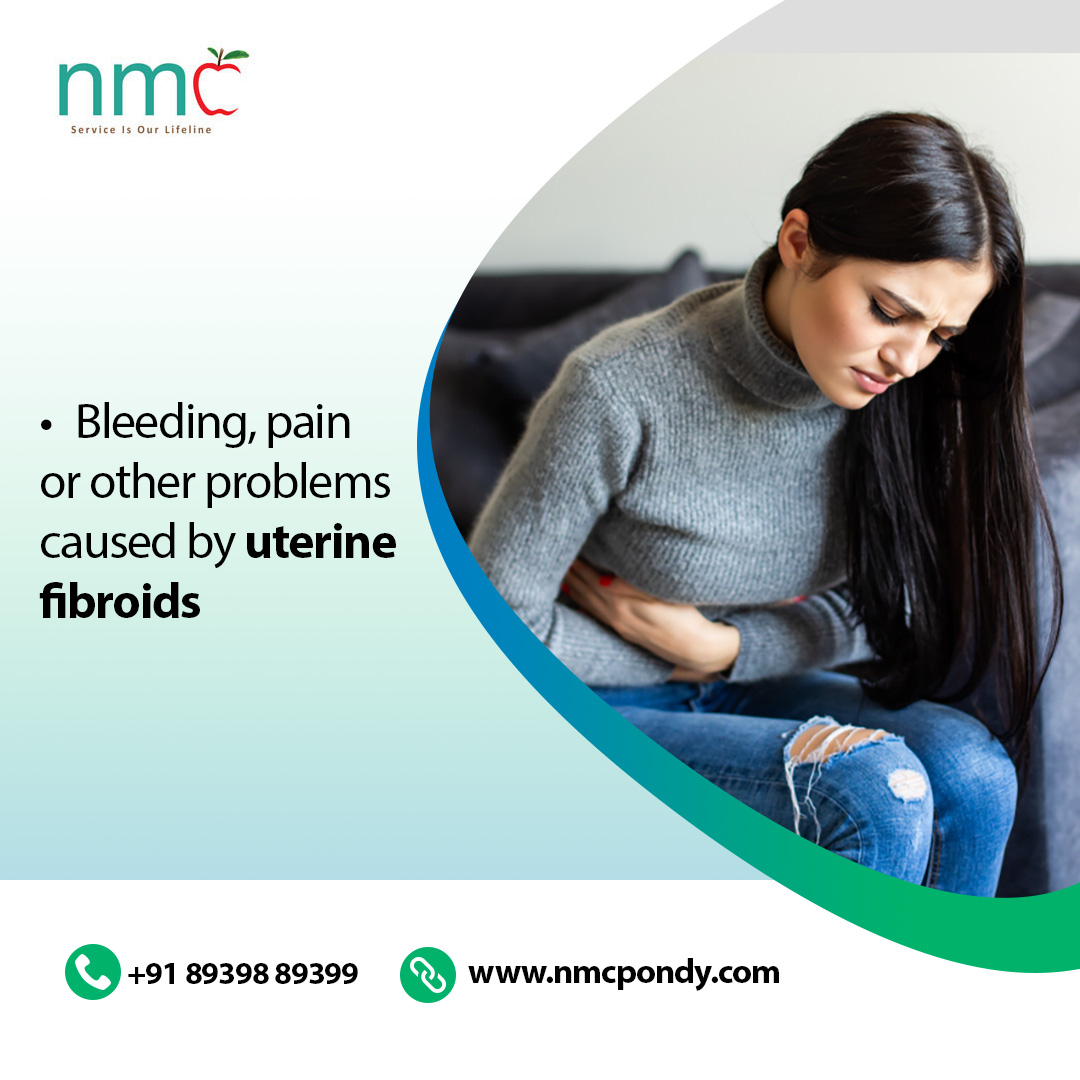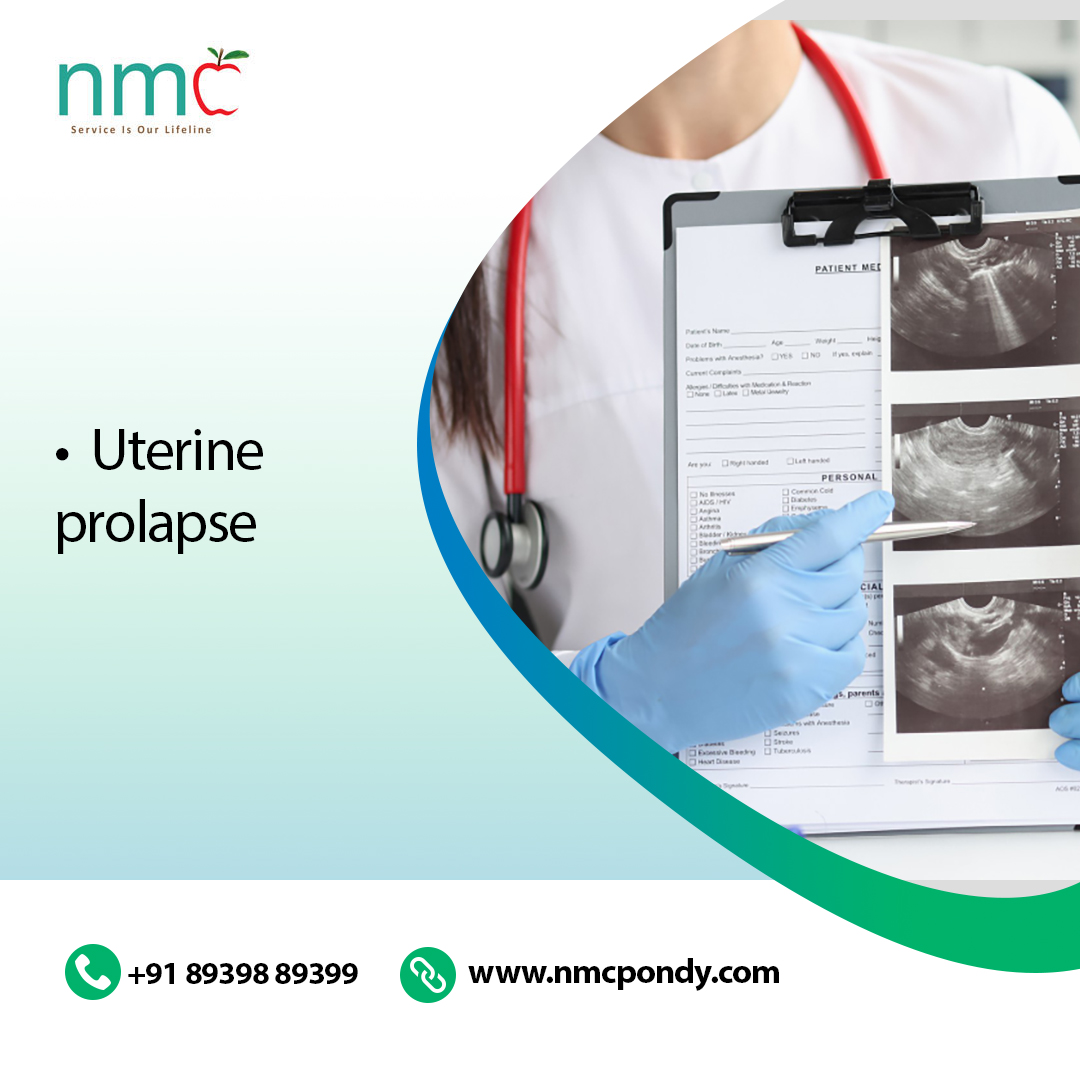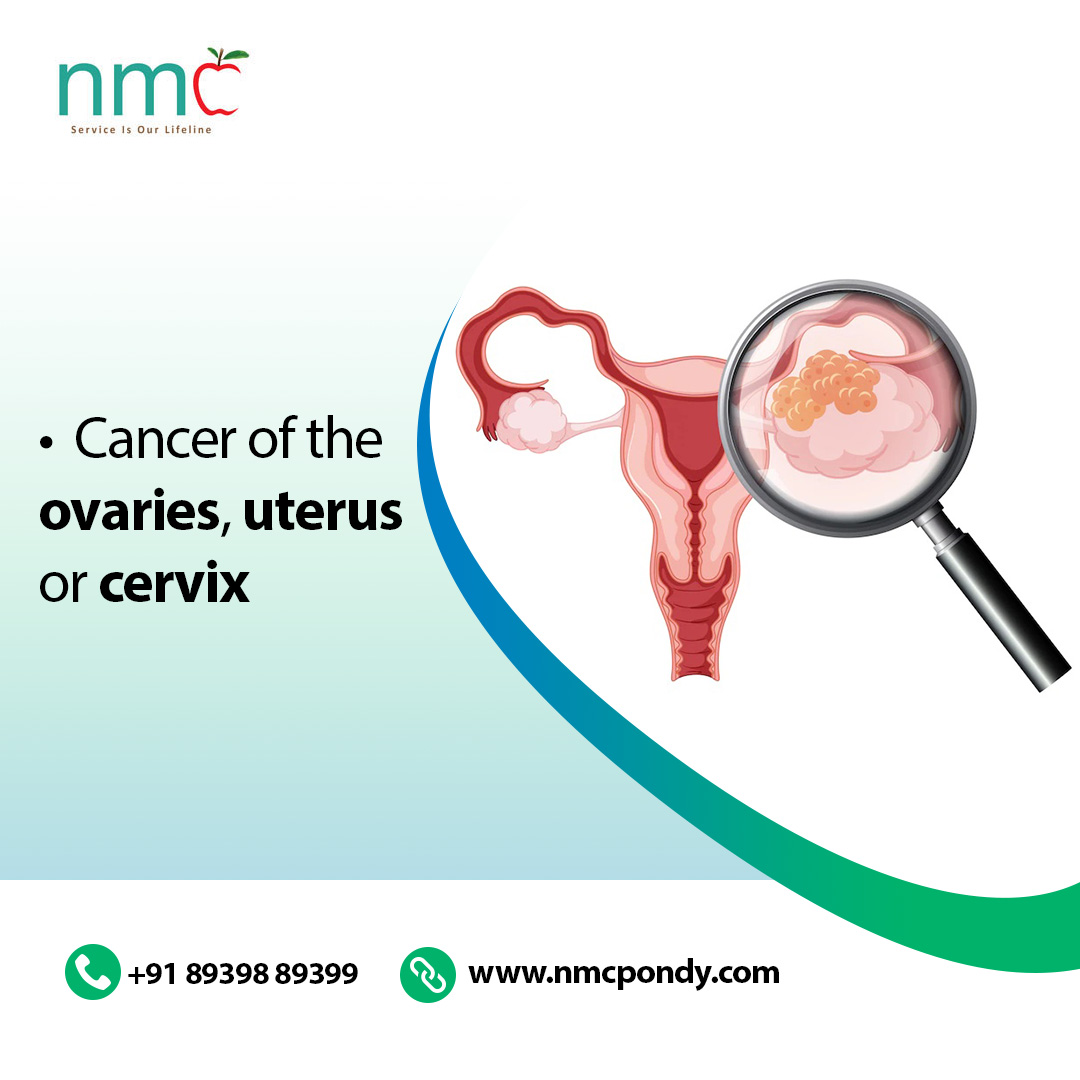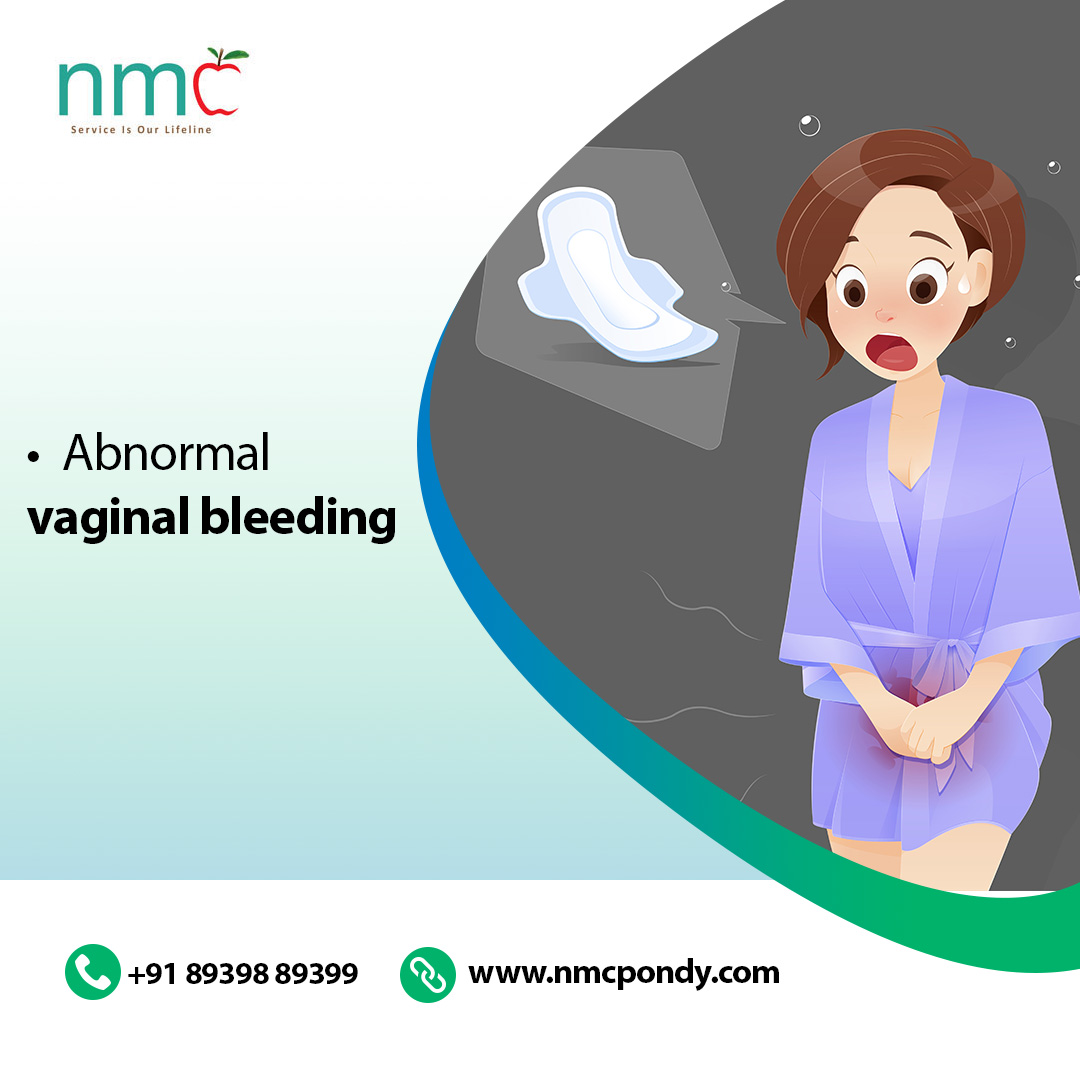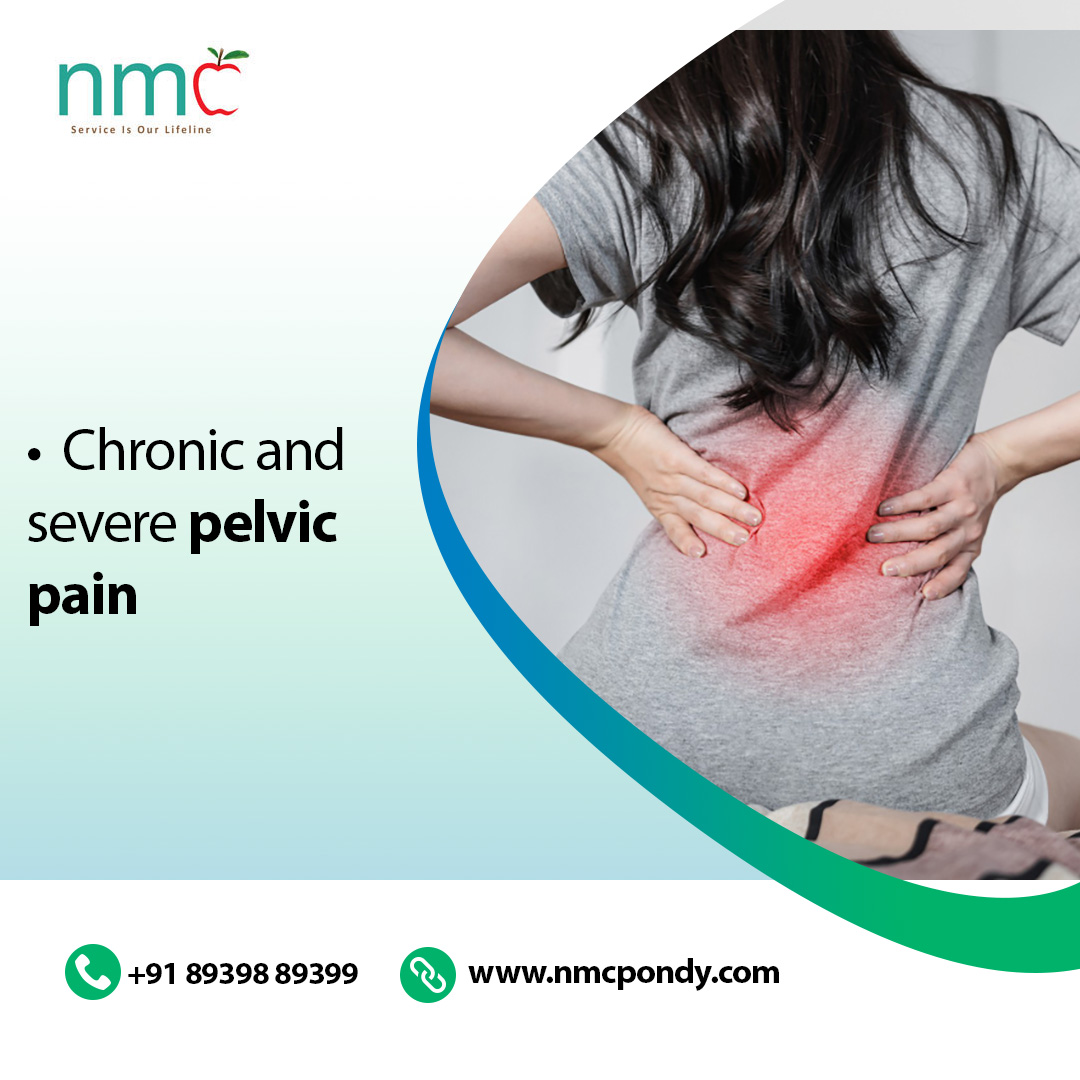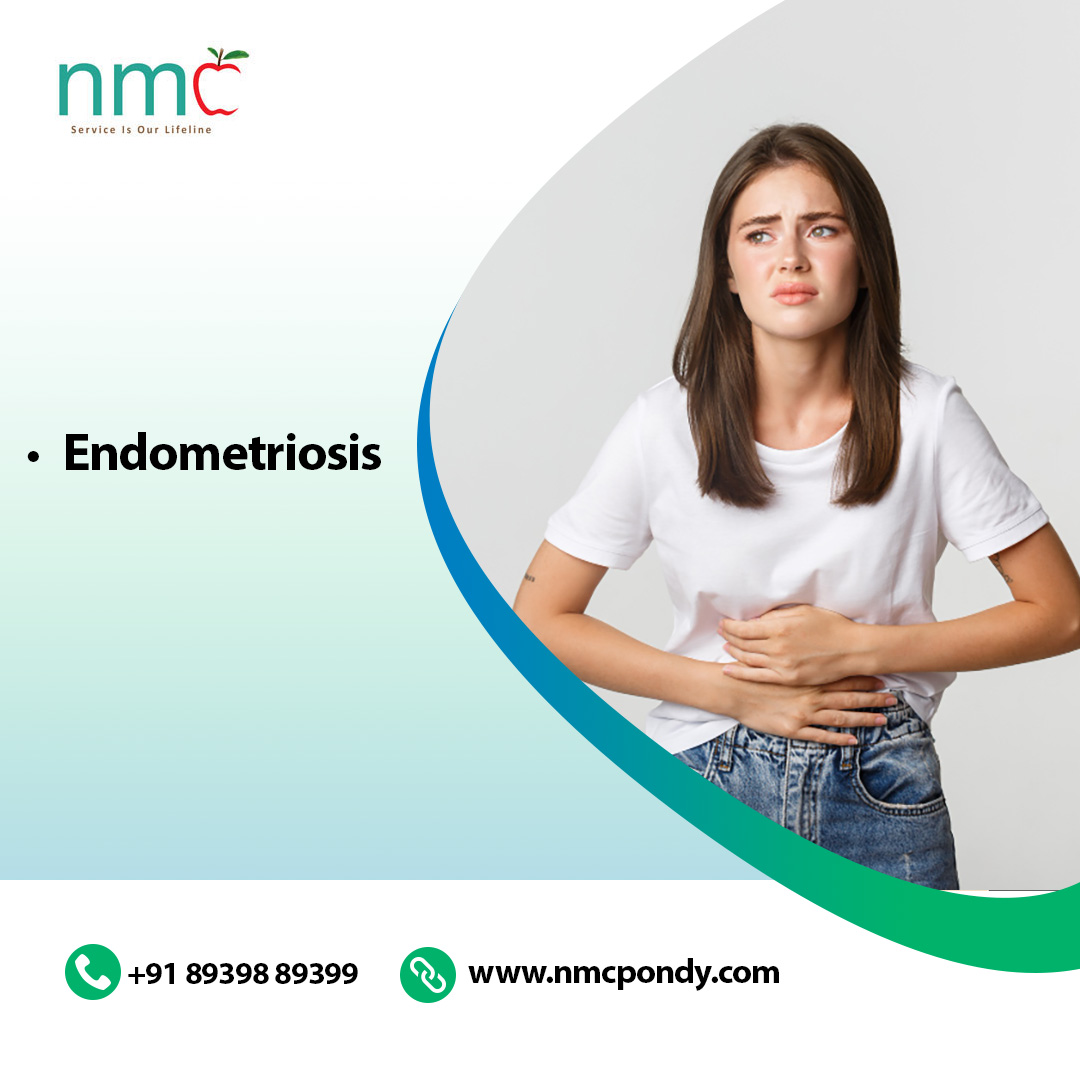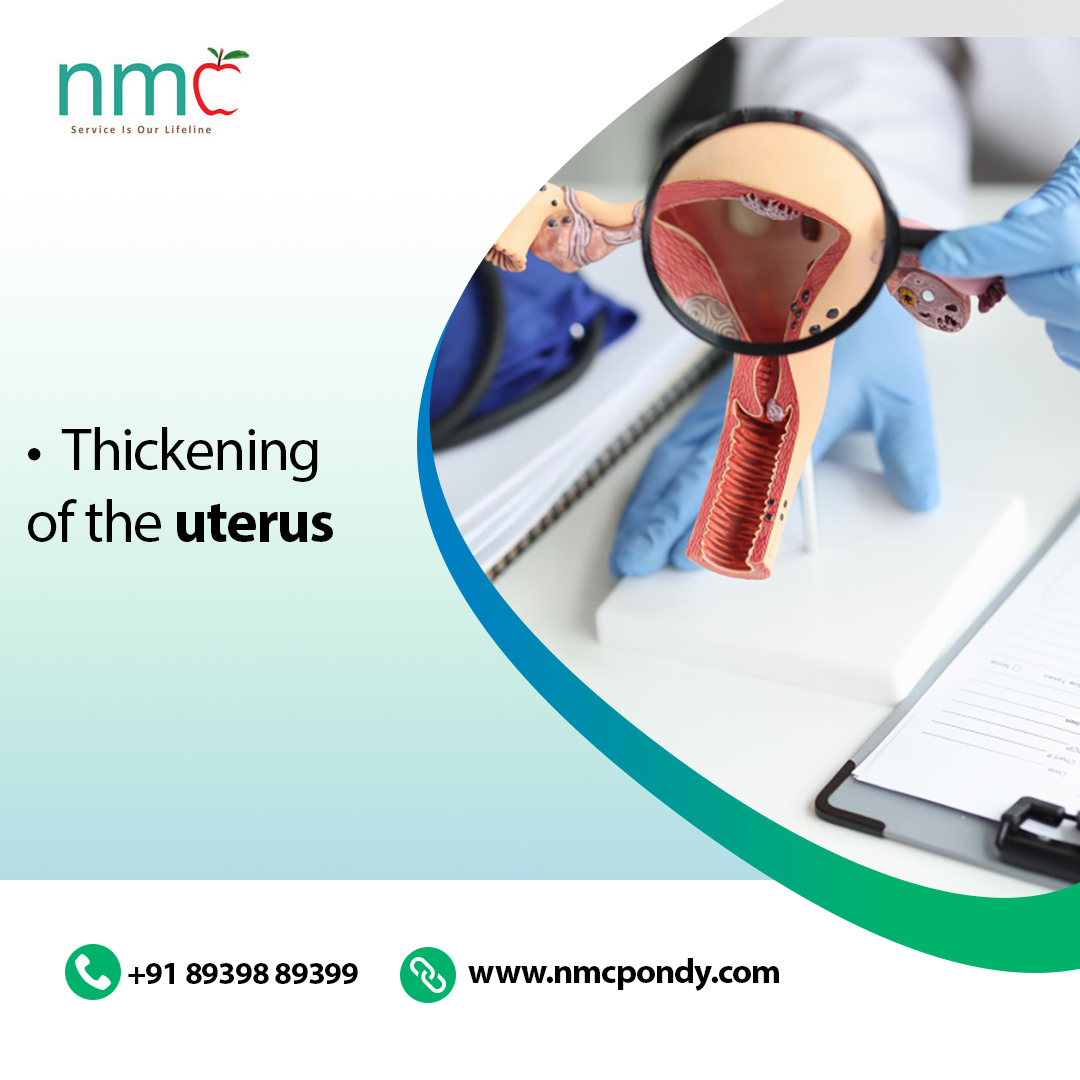Laparoscopic Surgeries

Laparoscopic surgery involves the use of a laparoscope, a thin flexible tube with a light and a high-resolution video camera at the end that is called a laparoscope. The laparoscope is inserted into the lower abdomen through a small incision (much smaller than what is required for traditional open surgery). The surgeon is able to view real-time images of the abdominal organs on a video camera in the operating theatre. After obtaining a clear vision and confirming a diagnosis with the exact knowledge of the surgery to be done, minute but highly effective instruments are used to perform the surgery. Any tissue that is removed is sucked to taken out and the sutures are used to close and internal or external incisions that have been made.
The advantage of laparoscopic surgery (also known as minimally invasive or key-hole surgery) is that the patient undergoes less surgical trauma because the incisions are smaller. This results in less blood loss and faster healing. The decision to use open or laparoscopic surgery will be taken by the surgeon, based on the exact nature of the condition, the patient’s health, possible complicating factors and other relevant considerations.
The following procedures are among those that may be performed by both open and laparoscopic methods. At NMC we perform a large volume of laparoscopic surgeries. Our doctors and surgeons have world-class expertise in both open and laparoscopic surgeries and will decide on the right preferred procedure based on what is in the patient’s best interest.
Laparoscopic Hysterectomy
A hysterectomy is a surgical procedure to remove the uterus. In laparoscopic surgery, only a small incision is made and special surgical tools and imaging devices that are used by the surgeon to guide his movements, are inserted into the incision. The uterus is removed with minimal blood loss and the recovery period is significantly reduced. The scarring and post surgical pain are also greatly reduced. The doctor will decide if a patient is a suitable candidate for laparoscopic surgery.
There could be many reasons for this procedure to be performed, including:
- Bleeding, pain or other problems caused by uterine fibroids
- Uterine prolapse which is when the uterus moves from its normal position into the vaginal canal
- Cancer of the ovaries, uterus or cervix
- Abnormal vaginal bleeding
- Endometriosis
- Thickening of the uterus
- Chronic and severe pelvic pain
Laparoscopic Myomectomy
A myomectomy is a surgery that is performed to remove uterine fibroids. These are non-cancerous growths that commonly appear in the uterus, most often in women of childbearing age. Unlike a hysterectomy, where the whole uterus is removed, in the case of a myomectomy, only the fibroids are removed and the uterus is reconstructed if required. The procedure is performed when fibroids have been diagnosed and the condition affects a woman’s normal activities. Subject to medical viability and the patient’s safety and health, this procedure is preferred over hysterectomies for women who are of childbearing age and plan to have children.
Laparoscopic Cystectomy
A woman may, in the course of her life, develop an ovarian cyst. It may be symptomless and require no treatment.
If a diagnosis of ovarian cysts is confirmed, and , depending on the nature of the cyst, if the doctor decides that surgery is required, a laparoscopic procedure, if viable, may be the right course of action.
Laparoscopic Torsion Surgery
This condition is said to be present when an ovary becomes twisted around the ligaments that hold it in place. Although the condition can affect women of any age, it is most common among the 20 to 40 age group. Common causes for the condition include:
- The ovarian ligament that connects the uterus and ovary is longer than normal. This allows the ovary to move and become twisted.
- The weight of a cyst or other growth in the ovary can cause imbalance and result in it becoming twisted.
- Higher hormone levels during pregnancy that cause tissue relaxation can allow the ligaments that hold the ovaries in place to flex.
The condition normally affects only one ovary. If the twisting caused the blood flow to the ovary to be cut off, severe pain can result. If the blood flow is cut off for a lengthy period, tissue death is possible.
The symptoms of ovarian torsion include, but are not limited to:
- Nausea
- Vomiting
- Severe pelvic pain
Because the symptoms of the conditions are similar to kidney stones, urinary tract infections and other ailments, diagnosis and treatment require the highly skilled doctors and medical facilities available at NMC. The decision to opt fora laparoscopic procedure will be made by the surgeon, based on what is medically right for the patient.
Laparoscopic Surgery for Ectopic Pregnancy
Normal pregnancy begins with the woman’s egg being fertilized and then being attached to the lining of the uterus. If the fertilized egg becomes attached outside the uterus, it is called an ectopic pregnancy. The most common place for this to happen is the fallopian tube, although an ectopic pregnancy may also occur in the ovary, the cervix or the abdominal cavity. In an ectopic pregnancy, the egg cannot survive and the growing tissue may cause life-threatening bleeding and other complications for the woman.
In an ectopic pregnancy, the initial stages of the pregnancy will be normal, but as the egg grows, serious complications arise. The symptoms of this condition may vary greatly, but in general, they include:
- Vaginal bleeding
- Pelvic pain
- Shoulder pain
- Lightheadedness or fainting
- Frequent urges for a bowel movement
If the egg continues to develop in the fallopian tube, the tube itself may rupture and lead to life-threatening bleeding and other consequences. Surgery is one of the management options for this condition which is serious. The specialists and world-class treatment and care available at NMC come together to keep the patient as safe as possible and open the door to a speedy recovery.
Laparoscopic Ovariectomy for Ovarian Tumours
Ovarian tumours are the growth of unwanted cells in the ovaries. These cells can multiply rapidly and in the process, destroy healthy tissue. The cause of the development of the tumours is still being researched. Ovarian tumours are of two types:
- Malignant – This is an abnormal mass of tissue that is made up of cancerous cells.
- Benign – This is an abnormal mass of tissue that is made up of non-cancerous cells.
The symptoms of ovarian tumours include:
- Feeling full more quickly than usual when eating
- Painful cramps during menstruation
- Lower back pain
- Nausea or vomiting
- Pain during sex
- Vaginal bleeding after menopause
- Stomach bloating
- Increased belly size
- Stomach or pelvic pain
- Constipation
- Either difficulty urinating or urinating frequently
An ovariotomy (also referred to as an oophorectomy) is a surgical procedure to remove one or both of the ovaries. When one ovary is removed it is called a unilateral ovariectomy and when both are removed it is a bilateral ovariectomy. This can be a stand-alone procedure or be done as part of a hysterectomy. There are several reasons why an ovariectomy may be required. Among the most common are:
- Ovarian cancer
- Endometriosis
- Benign (noncancerous) cysts or tumours in the ovaries
- A pre-emptive procedure that is done on those women who are at higher risk of breast or ovarian cancer
- A tubo-ovarian abscess – a pus-filled pocket in the ovary and/or fallopian tube
- Ovarian torsion – the twisting of an ovary
Regular check-ups at NMC where you will find the best doctors and most up-to-date medical technology will spot any incipient problems in the early stages so that treatment can be done without delay.
Laparoscopic Endometriosis Resection
Endometriosis is a condition that occurs when the tissue that lines the inside of a woman’s uterus also grows outside it. The symptoms of the condition include:
- Severe pelvic pain that is not relieved by medication
- Difficulty in getting pregnant
- A growth is noticed in the pelvic region.
Endometriosis resection is the term for surgery to remove the unwanted tissue. Endometriosis is a serious condition that should not be ignored. The surgery, although fairly common, may affect a woman’s ability to get pregnant in the future. The specialists at NMC will first diagnose the extent of the problem and examine treatment options. Patients are briefed on the treatment choices available to them and helped to make a decision that is right for them.



